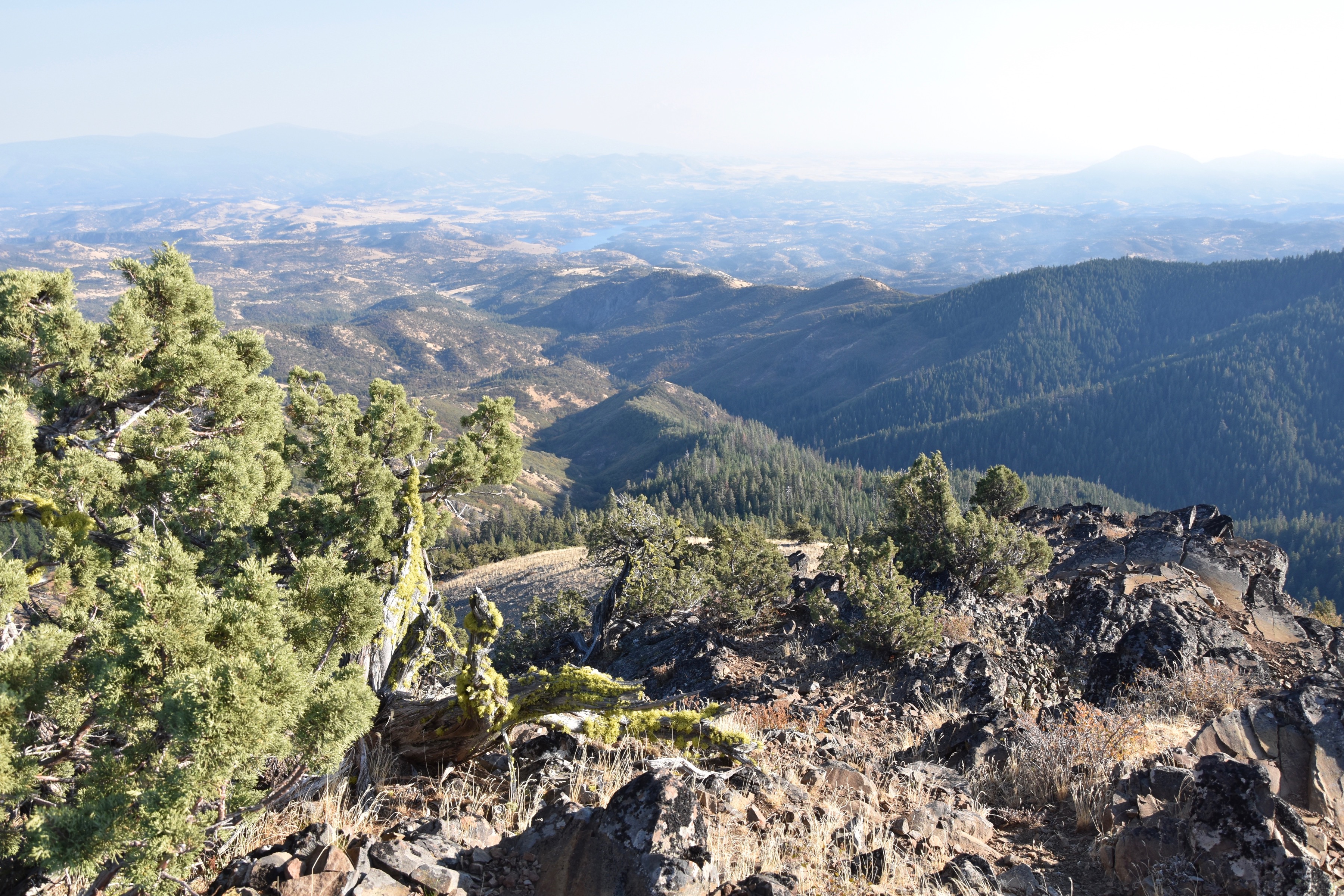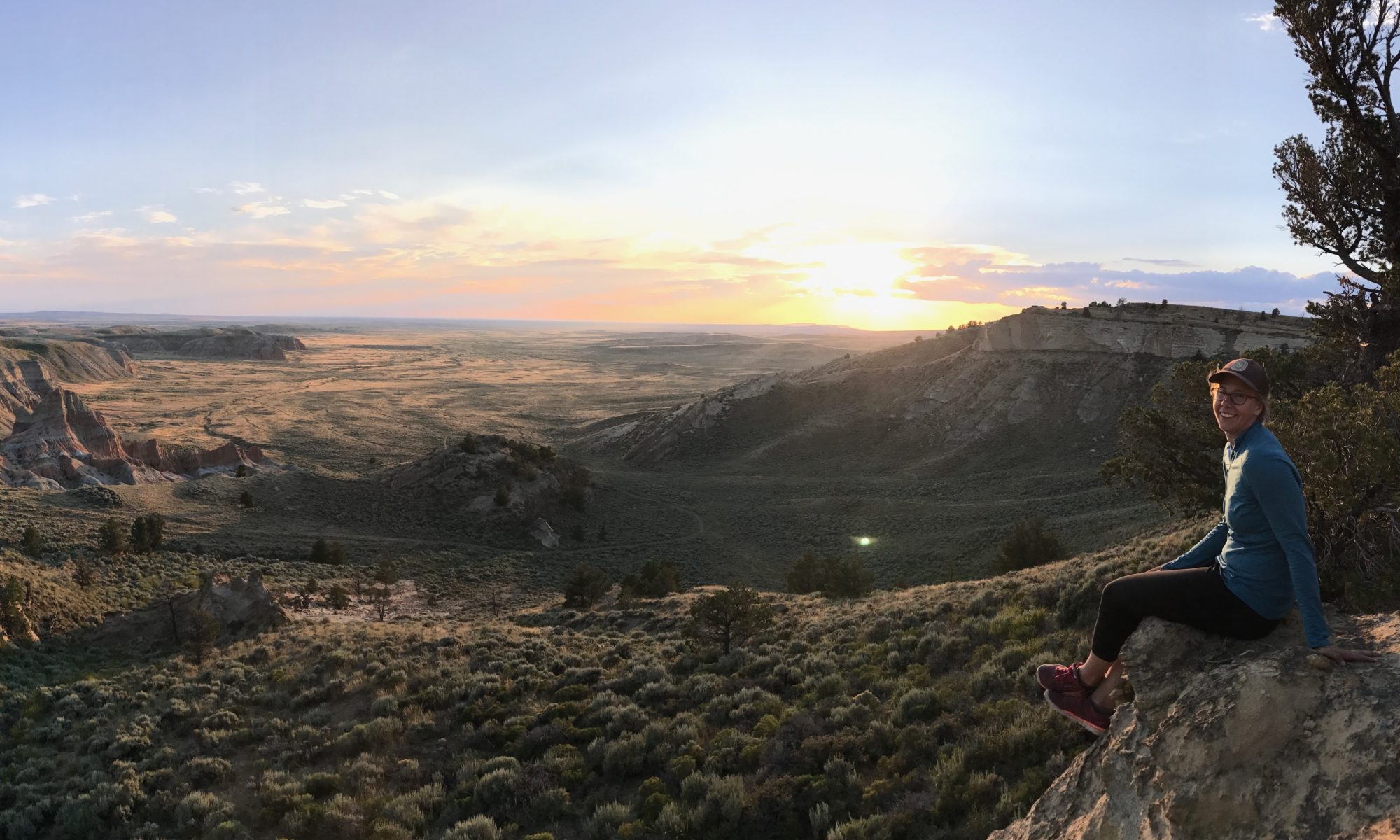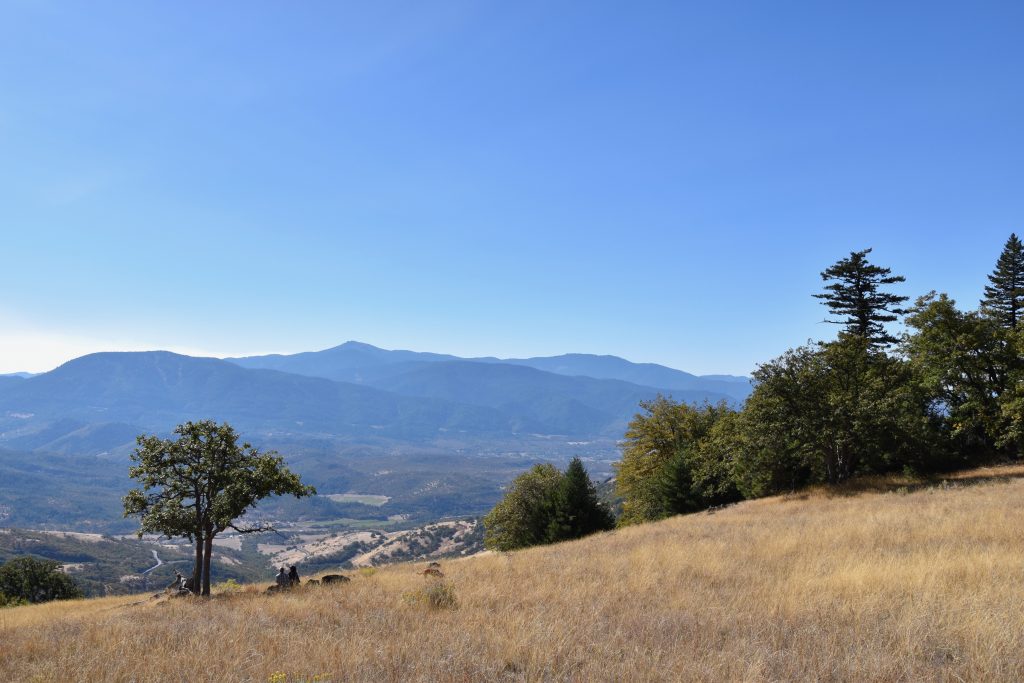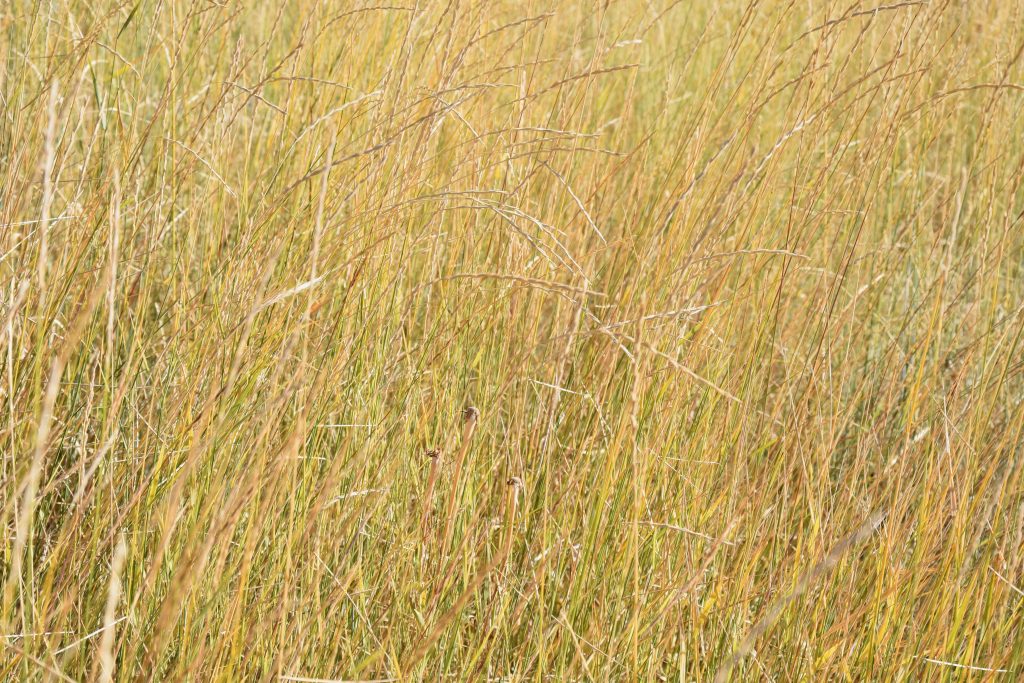
With towering fir forests, sunlight oak groves, wildflower-strewn meadows, and steep canyons, the Cascade-Siskiyou National Monument is an ecological wonder, with biodiversity unmatched in the Cascade Range. The rich enclave of natural resources is a biological crossroads — the interface of the Cascade, Klamath, and Siskiyou ecoregion, in an area of unique geology, biology, climate and topography. The Monument is home to a spectacular variety of rare and beautiful species of plants and animals, whose survival in this region depends on its continued ecological integrity.” – Presidential Proclamation, June 9, 2000
The Cascade-Siskiyou National Monument is all about biodiversity. It was the first and remains the only monument with the specific purpose to protect the area’s biodiversity. Originally designated in 2000 by President Clinton, the Monument was expanded by President Obama in 2017 after calls from scientist warning that the current Monument size was too small to protect the amazing biodiversity, especially in light of climate change impacts:
“the environmental processes supporting the biodiversity of the monument require habitat connectivity corridors for species migration and dispersal. Additionally, they require a range of habitats that can be resistant and resilient to large-scale disturbance such as fire, insects and disease, invasive species, drought, or floods, events likely to be exacerbated by climate change.”
Cascade-Siskiyou’s biodiversity comes from the areas unique location at the intersection of the Siskiyou, Klamath and volcanic Cascade Mountains. It is a region defined by transition and is essential for migration and connectivity. The Monument contains an array of landscapes: grasslands, mixed woodlands, chaparrals, open meadows, alpine forests, and rocky peaks. There are 275 species of flowering plants, numerous varieties of shrubs and ferns, a myriad of tree species including, white oak, California black oak, yew, white fir, Shasta red fir, Douglas fir, sugar pine, ponderosa pine, big leaf maple, lodgepole pine and more. Over two hundred species of birds call this area home along with black bear, elk, river otters, and bobcats.
Our first stop was Green Springs Inn. They are avid supporters of the Monument and even donated a piece of property to use as the Monument’s welcome center. We grabbed a bite at their restaurant and the food was delicious. I wish we could have come back for dinner- they had a great beer list (for Sam), ciders (for me), huge cookies, and lots of tasty sounding dishes. We’ll definitely be back.
We followed the advice of the proprietor of the Green Springs Inn and made our first hike the Green Springs Mountain Loop trail. The trail includes a portion of the Pacific Crest Trail which traverses across much of the Monument, running from the southwest corner generally northeasterly to the northeast corner. The Green Springs Mountain Loop was a great way to get acquainted with the diversity of the Monument. You pass through conifer forests, into meadows, through oak and shrub land, and some remnants of burned old-growth. We even saw a heritage apple tree!


The next day we headed up Pilot Rock. It is, from what we gathered, the quintessential hike of the Monument. The rock is a remnant feeder vent from a now-eroded volcano. This would be our last hike of the trip(!), and it checked all my boxes – short, steep, and ends with a great view. We were warned that the last section was a little tricky but I wasn’t prepared for quite the level of “rock climbing” involved. I’m afraid of heights and it took deep breaths to get to the top.
 A big view from Pilot Rock
A big view from Pilot Rock
But the view from the top is big and breathtaking, and made it all worth it.
Cascade-Siskiyou is one of the monuments identified to be reduced. It’s not clear what will happen but likely faces diminishment in size or altered management that would negatively impact the biodiversity of the area. There is great community support for this Monument and I know that any attempt lessen protections for this area will face stiff opposition. Our visit to Cascade-Siskiyou was especially meaningful because it was our first monument in Oregon and our last monument of the trip. From here we head home after four months on the road.
It truly was the trip of a lifetime and we hope that our visits to these monuments gave people a glimpse of these special places and motivated people to advocate by getting outside, writing a comment to the Secretary of Interior or just spreading the word about the threats our public lands are facing. The fight to save these places didn’t end after submitting comments (of which there was an amazing number- over 2 million!). The threat continues and so the work continues. We need to keep raising our voices to make clear we want these places protected to honor tribes, future generations, our history, and a heritage of amazing landscapes and natural resources. These are truly Monuments for All!
Thanks for traveling along with us,
Sam and Michelle












